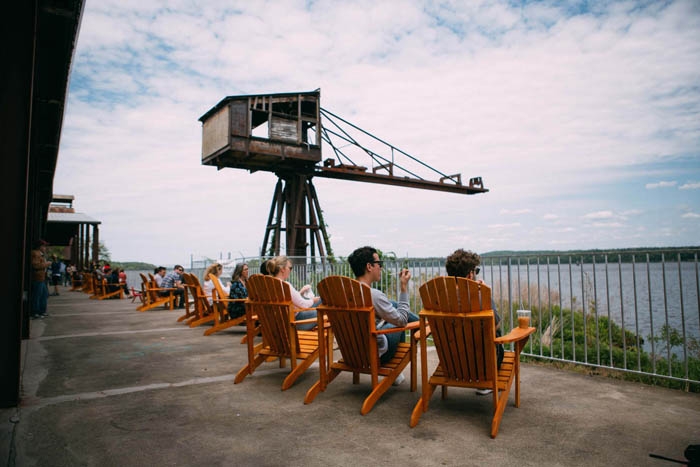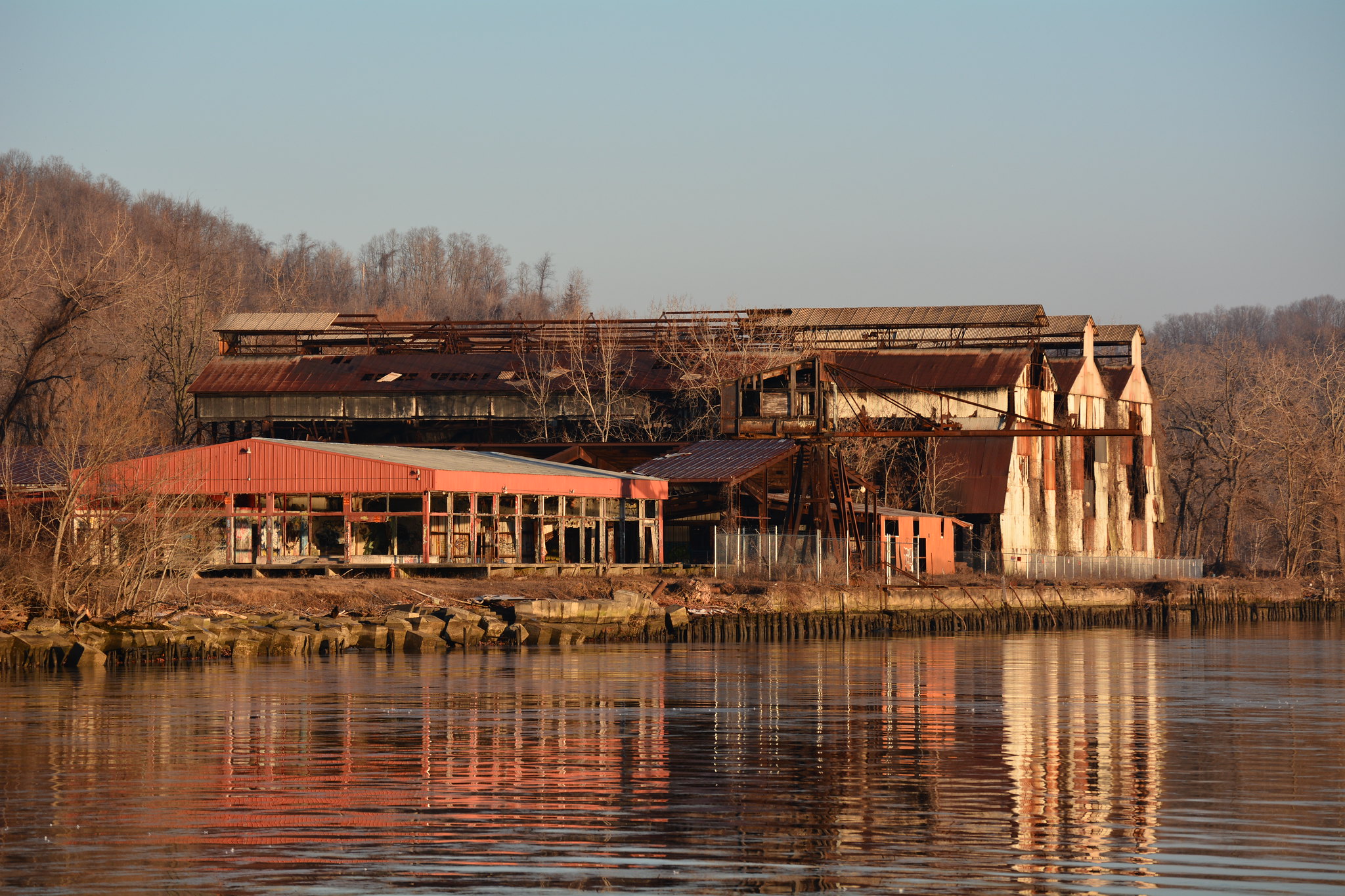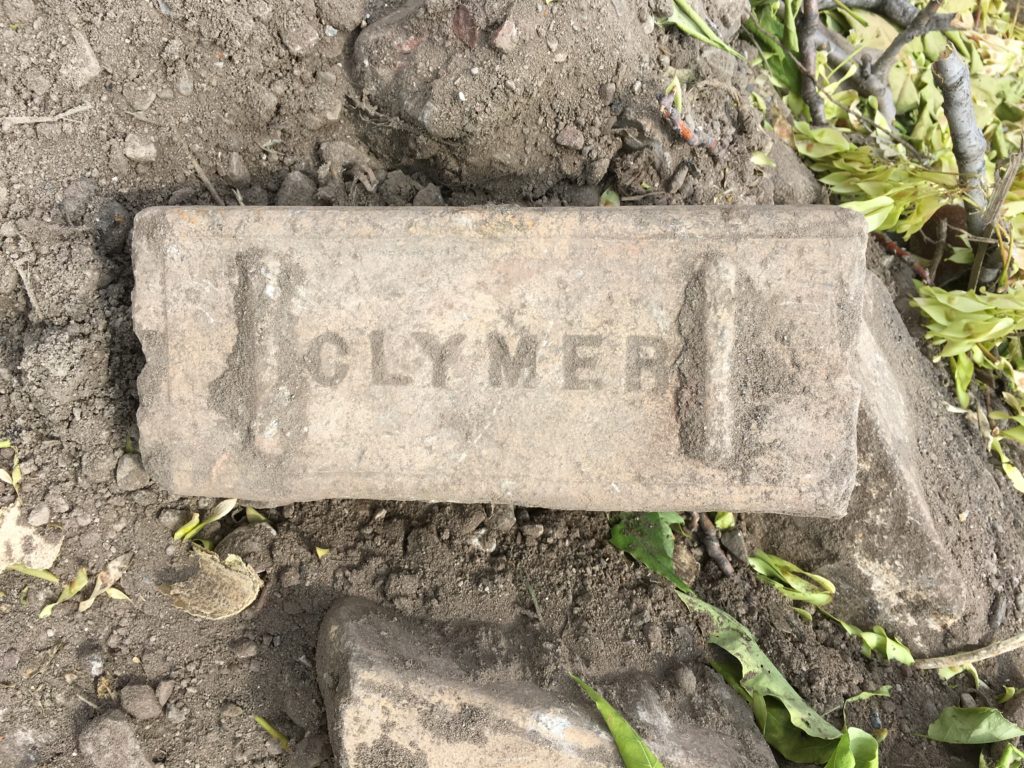University of Sheffield Archaeology department threat ‘blow to UK’
Month: May 2021
New York Bricks Go Boutique
Here’s a brief history of the New York brickmaking industry from the New York Times. New York did not have a monopoly on bricks; excellent clay deposits run through New Jersey and into Pennsylvania as well. The Sayre & Fisher Brick Company, in the town now known as Sayreville, New Jersey, was for a time the largest brickmaker in the world and in 1903, Pennsylvania was the largest brick producer in the nation.

But the Hudson Valley was also lined with dozens of brickyards, and since it’s the Hudson Valley, it should be no surprise that now one of them, the Hutton Brickyards, has been turned into a boutique hotel that preserves some of its history. Their “Genuine Experiences” do sound genuinely fun:
Our sprawling campus features whimsical invitations to fun: an archery range, croquet lawn, firepits and bicycles. Experience hikes, guided kayak experiences, paddle-boarding, running, outdoor yoga, snow shoeing, cross country skiing, bee-keeping and more!
huttonbrickyards.com

Featured image: Hutton Brickworks in 2016, by Corey Seamer via Flickr, CC BY-NC 2.0.
The California Condor Genome
An interesting article on the California Condor (Gymnogyps californianus), which faced extinction but has so far survived. Analysis of its genome implies a relatively large population about 1 million years ago followed by a decline in population around 10,000 years ago (or very roughly, the end of the Pleistocene). Note that the techniques used do not allow an estimation of recent (less than 10,000 years) population history.
For a species that was briefly extinct in the wild, the California condor has unexpectedly high genome-wide diversity
p. 5
our results show that the turkey vulture was historically less abundant than the California condor, though it is the most abundant and wide-ranging New World vulture today.
p. 6
Though the history of the California condor shows evidence of past decline, it retains a high degree of ancestral variation and, perhaps, the potential for future adaptation. As exemplified by the passenger pigeon (Ectopistes migratorius) and Carolina parakeet (Conuropsis carolinensis), high genetic diversity is by no means a barrier to extinction, but the variation present in the California condor is nonetheless reassuring. The species continues to repro- duce naturally and expand its range in the wild
p. 6
Source:
Robinson et al., Genome-wide diversity in the California condor tracks its prehistoric abundance and decline, Current Biology (2021), https://doi.org/10.1016/j.cub.2021.04.035
Featured image: Don Graham, CC BY-SA 2.0 https://creativecommons.org/licenses/by-sa/2.0, via Wikimedia Commons
Scare Your Friends?
Not actually the scariest picture of Christopher Lee:
See more Tees at Voicesofeastanglia.com.
The Archaeologist on the River Kwai
Cyler Conrad writes about Dutch archaeologist Hendrik Robert van Heekeren, who after being captured by the Japanese during World War II, managed to collect prehistoric artifacts while a prisoner-of-war forced to work on the infamous Bridge on the River Kwai in Thailand: An Archaeologist on the Railroad of Death.
van Heekeren was born in Java in 1902 and became interested in archaeology while working on a tobacco plantation.
Through financing his own research and fieldwork, van Heekeren significantly contributed to the study of ancient Indonesia prior to the outbreak of the war. But, like many of his Dutch compatriots, he was captured after the Japanese invaded Java in 1942. By February 1943, he was forced to work on the Railroad of Death.
Cyler Conrad, Sapiens, May 5, 2021
The New York Times also wrote about the bridge and the archaeologist in 1972: The Kwai Bridge: The Reel and the Real
Dr. van Heekeren was working among stones dredged up from the Kwai for use in the construction of the bridge’s foundation when his experienced eye picked out an object that he immediately recognized as a Stone Age artifact. From that day until the day he was freed, he continued to find, and hide from his captors, numerous other artifacts. When he returned to the Netherlands after the war, he wrote a book about his discoveries in Thailand’s Kanchanaburi Province
Alvin Smith, The New York Times, December 17, 1972
van Heekeren’ books include The Stone Age of Indonesia (1957) and The Bronze-Iron Age of Indonesia (1958). He died in 1974.
Attractive Ruins at Franny Reese
Pictures from a visit last autumn to Franny Reese State Park in New York. The sun-dappled ruins are the former estate of wealthy dentist Charles H. Roberts. A graduate of Albany Medical College, Roberts’ dental innovations made him rich and allowed him to branch out into other lucrative business ventures. In the 1860s, he began building his home, Cedar Glen, on the west bank of the Hudson River overlooking Poughkeepsie. After Roberts died in 1909, protracted squabbling over his will by his children resulted in the decline of Cedar Glen. Read more of the story at About Town.







